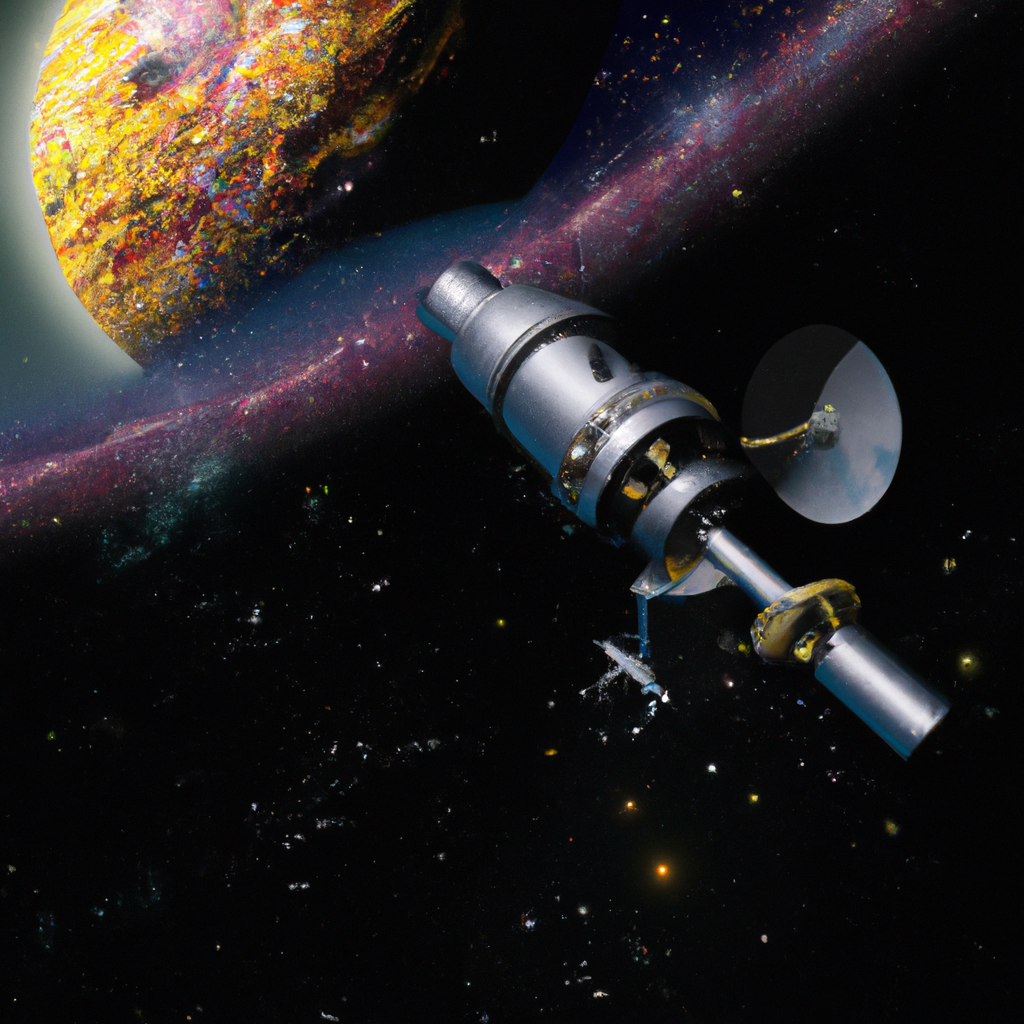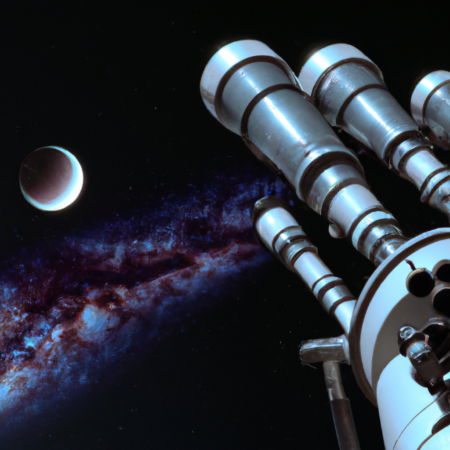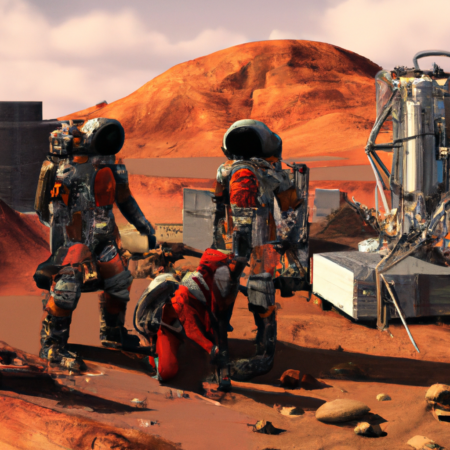As we move into the second quarter of 2025, the realm of space exploration continues to break boundaries and expand our understanding of the universe. Recent advancements have not only enhanced our capabilities in space travel but have also opened new possibilities for interstellar research and colonization.
One of the most significant breakthroughs has been the development of the HyperDrive Engine by the International Space Consortium. This new propulsion technology has drastically reduced travel time within our solar system, making Mars and other celestial bodies more accessible than ever before.
Moreover, the recent discovery of water ice in permanently shadowed lunar craters has spurred a series of lunar missions aimed at establishing a sustainable human presence on the Moon. These missions, which involve multinational collaborations, are paving the way for future deep space exploration.
In terms of astrobiology, the launch of the ExoLife Finder Telescope has been a game-changer. This sophisticated instrument has been designed to detect signs of life on exoplanets by analyzing their atmospheres for biosignatures. As of 2025, several promising candidates have already been identified, bringing us closer to answering the age-old question of whether we are alone in the universe.
Additionally, the advancements in artificial intelligence have been pivotal in processing the vast amounts of data received from space probes and satellites. AI-driven analysis has led to more precise predictions of cosmic phenomena and enhanced our understanding of cosmic events like black holes and neutron stars.
The field of space exploration is more vibrant and dynamic than ever. As we continue to explore the unknown, each discovery propels us further into the final frontier, promising a future rich with interstellar travel and extraterrestrial discovery.






